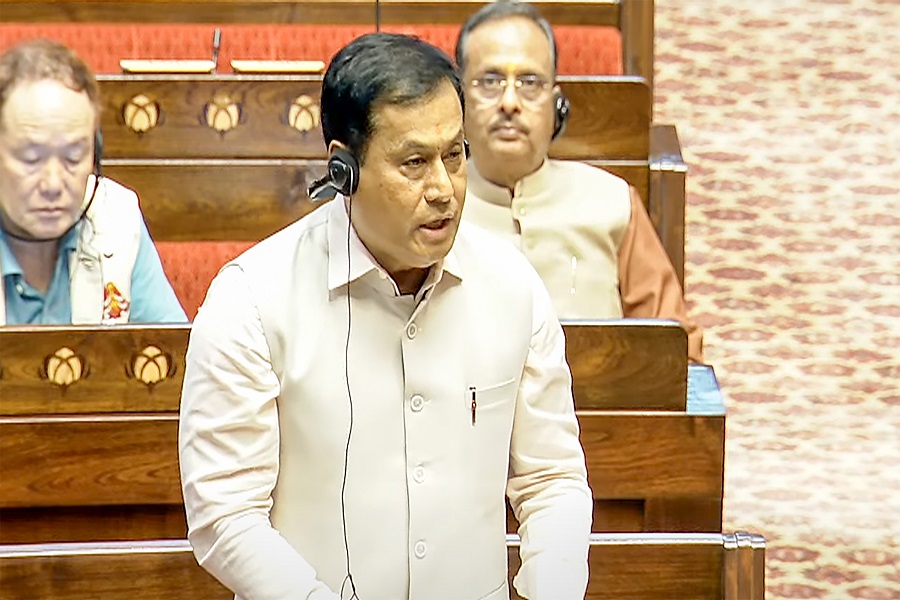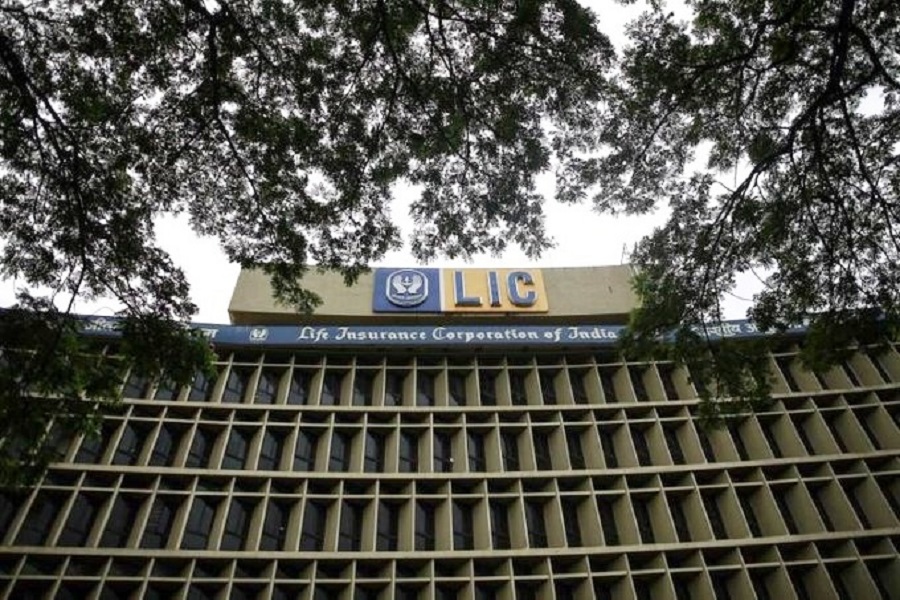Cost of construction rises up to 11% annually in 2024 across real estate segments

Over the last one-year, average cost of construction is estimated to have risen up to 11%, mainly due to a significant surge in labour costs coupled with a moderate price increase in construction materials like sand, brick, glass, wood etc. Notably, the cumulative effect of rise in the prices of four key construction materials including cement, steel, copper and aluminum have been relatively low. In fact, average cement prices have seen a steep decline of 15%, while average steel prices have witnessed a marginal 1% decrease over the last 12 months.
Price/cost change of key construction cost components (Oct 24)

Note: Prices for steel, cement, copper and aluminum is based on dealer-level cost as per Colliers’ internal costing framework; Overall values are exclusive of GST. Change in labour costs are as per market rates in private sector for Grade A developments in tier I cities.
Source: Colliers
“While rise in prices of key construction materials was relatively modest over the last year, labour costs have been driving the overall cost of construction upward. With labour accounting for more than one-fourth of overall construction cost, a 25% annual rise in labour costs has stretched construction budgets and impacted operational expenses. Moreover, the need for skilled labour and the associated costs for training, safety and regulatory compliance further adds to spiraling labour costs.” said Badal Yagnik, Chief Executive Officer, Colliers India.
Construction cost increased by up to 11% YoY

Note: These are average costs in INR per sf for Grade A residential building of 15 floors, for Grade A commercial building of 10 floors and for Grade A industrial building with basement. Data pertains to tier I cities of the country
Source: Colliers
Cost of construction surges highest in the residential segment
As of October 2024, cost of construction in the residential segment saw an estimated 11% increase YoY. Amongst various real estate segments, construction cost escalation has been relatively sharper in the residential segment. Interestingly, increasing built quality consciousness and the growing demand for amenity rich gated communities have persuaded residential developers to upscale their real estate offerings in general and thus led to higher cost of construction cost in the residential segment.
“Despite rising construction cost across real estate segments, the commercial and industrial & warehousing segments have witnessed robust new supply during 2024. For instance, the Indian office market saw 37 million square feet of new completions in the first nine months of 2024, while the industrial & warehousing segment saw about 22 million square feet of new supply. Amidst healthy demand especially for Grade A developments, project completions are expected to be largely on schedule across major cities. Real estate developers, meanwhile, are likely to step-up technology and sustainability adoption across asset classes.” says Vimal Nadar, Senior Director and Head of Research, Colliers India.
To navigate the steady rise in overall construction cost and associated challenges, developers are optimizing cost by reassessing budgets. They are also looking at improving supply chain management by diversifying suppliers and opting for localized sourcing of key construction materials. Additionally, real estate developers are increasingly making investments in training and automation to address challenges related to volatilities in the availability of skilled manpower, which in turn can potentially facilitate better project scheduling. Going ahead, a greater adoption of circular economy will not only optimize construction cost but also improve efficiency and support sustainability.
Above views are of the author and not of the website kindly read disclaimer






















 Hari Kiran, COO.jpg)

